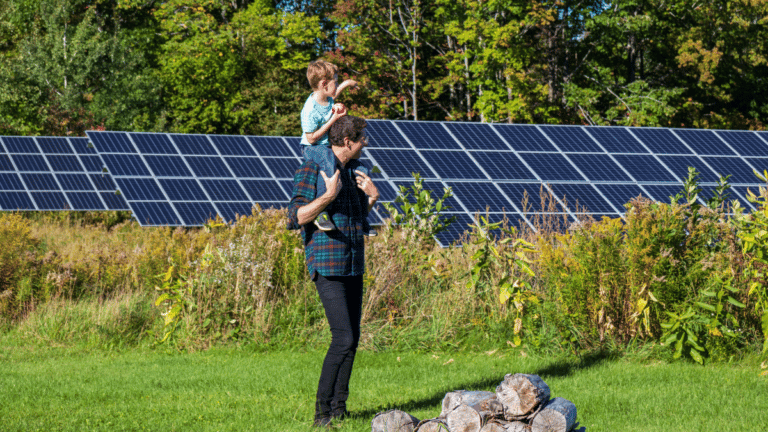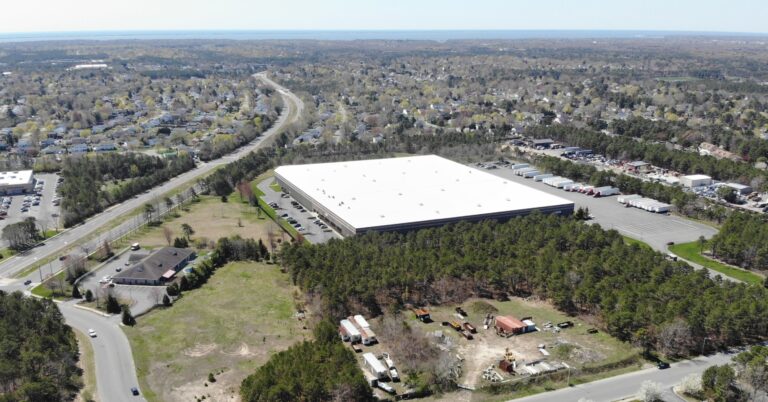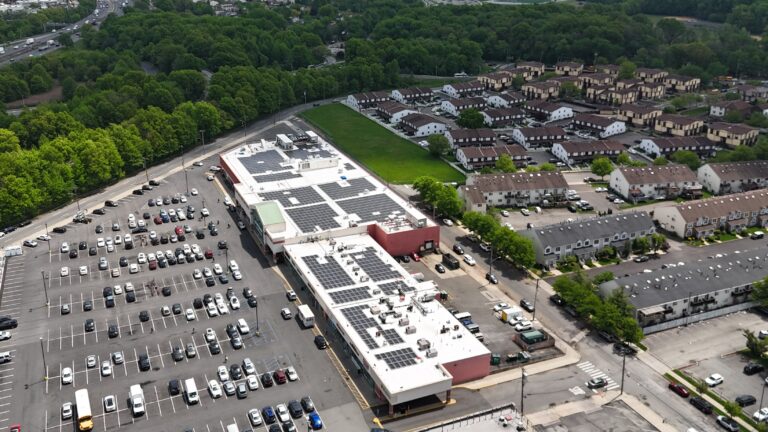We’re living in a new age of renewable energy, thanks in part to the recent passage of the Inflation Reduction Act (IRA), and solar has quickly become the energy of choice for many due to its relative accessibility. Naturally, of course, people have questions, and one we’ve been getting a lot is “How does solar impact the environment?” The answer to that question is complex, so we’ve put together this comprehensive explainer to help anyone who’d like to better understand the topic. Let’s get into it!
Why Solar?
Solar is a clean, renewable source of energy, and unlike fossil fuels, the technology and power plants used to produce it do not emit air pollution or greenhouse gases. As a result, shifting towards greater usage of solar energy has a clear net positive effect on the environment by reducing the amount of fossil fuels burned. In fact, coal generates a carbon footprint 18 times the size of solar, and natural gas generates a footprint 13 times the size. Solar is the clear choice here, but there remain some environmental issues related to the production, siting, and disposal of solar energy technologies that are important for us to discuss. We want to consider these issues because in a life-cycle analysis of a product, everything from cradle (production) to grave (disposal) is taken into account, which provides a more accurate picture of how a product affects its environment. These issues and the solutions already in place will be the focus of this explainer.
Solar 101: How Solar Installation Works
Before we get started, let’s go over some basics of the industry. There are three main types of solar projects: ground mounts, rooftop solar, and solar carports. Ground mounts are projects built on large parcels of land, and they can also be referred to as “solar farms” or “solar gardens;” rooftop projects, as the name suggests, are those situated on building rooftops, and solar carports are covered parking areas with canopies made from PV panels. These projects range in size and can be any one of the following: utility-scale, commercial, or residential. At UGE, we specialize in building commercial-scale projects, in all three types of solar projects. While the problems we see with solar are true for any project size, ground mounts may present more environmental issues since they are built directly on natural land.
The Problems with Production
First, let’s consider production: solar energy technologies are made using materials like glass and metals, which require mining, melting, and cooling to become usable. Each of these processes is energy intensive and currently reliant on the burning of fossil fuels, which detracts from its claims as a clean energy source. On the flip side, multiple studies have found that photovoltaic (PV) systems today can recover the amount of energy used to manufacture them within one to four years, depending on the type of system; this is incredible to consider when in 1970, the energy payback time (EPBT) of PV systems was forty years. Since most PV systems have operating lives of thirty years or more, we can determine that PV systems today will produce clean energy for anywhere from twenty-six to twenty-nine years.
Disposal Dilemma
Second, we need to look at how solar panels are currently disposed, which is a growing issue for the industry. PV cells are made using hazardous chemicals and, at times, heavy metals, all of which need to be carefully handled when a cell breaks or reaches the end of its useful life to avoid release into the environment. U.S. environmental laws do regulate the use and disposal of such hazardous materials, and the U.S. Department of Energy is supporting various efforts to address these end-of-life issues, including the recovery and recycling of the materials used to manufacture PV cells and panels. Several states have enacted laws encouraging the recycling of PV panels, but there is more work to be done here.
Siting and its Solutions
Finally, we have the issue of siting solar projects, which primarily applies to ground mount projects. Clearing land for the construction and placement of solar panels can have long-term effects on the habitats of native plants and animals, but thankfully, there are already some solutions to this problem. One such solution is the use of brownfields, which are former industrial or commercial sites where future use is affected by environmental contamination. These sites have already done their damage to the environment and have no further agricultural use, so solar companies have taken to using them as sites for their solar projects, thus giving a second life to these abandoned lots of land. Brownfield development is a key part of our strategy at UGE, and our first brownfield site in Norway, Maine, built on top of a capped landfill, is currently under development!
The other notable solution to solar’s siting issue is the development of agrivoltaics, or the simultaneous use of land for both solar power generation and agriculture. Basically, farming happens around (and under) the solar panels! This is made possible by installing panels with enough height to allow farm machinery to pass underneath, and the set up actually benefits both crops and panels. The plants are protected from the worst of the sun by the panels, thereby avoiding dehydration and sunburn, and in turn, the evaporation from the plants create a cooler microclimate under the panels that allow them to perform at higher efficiency. Everyone benefits from this arrangement, which is why agrivoltaics are quickly growing in popularity around the world.
Solar Loves Pollinators
An alternative to agrivoltaics that still provides added benefit is the pollinator-friendly solar farm. Pollinators—such as bees, butterflies, and other insects—are critical to the success of about 35 percent of global food crop production, and in order to thrive, they need a suitable habitat. Like agrivoltaics, pollinator-friendly solar farms are created by planting under and around ground-mounted solar arrays, though the plants in this case are a pollinator-friendly mix. Generally, the selection and planting of these shrubs, grasses, and flowers involve developers working with local environmental conservationists. Solar panels can be beneficial to the pollinator habitat, as a recent study shows how the shade from solar panels increased floral abundance and delayed blooms, offering a hard-to-find food source for late foragers and pollinators in drier areas. UGE recently built its first pollinator-friendly solar farm in Monson, Maine, and we intend to install pollinator habitats under all future ground mount projects sited on land that is neither a brownfield nor eligible for agrivoltaic development.
Final Thoughts
As a clean and renewable source of energy, solar is undoubtedly better for our planet than fossil fuels. While there remain parts of the solar life cycle that negatively impact our environment, the solar industry is working hard to mitigate these effects through innovative practices like agrivoltaics and pollinator-friendly solar farms. And as solar continues to grow more popular, investment in the development of cleaner means of production and disposal will follow, making the future of solar bright indeed.




